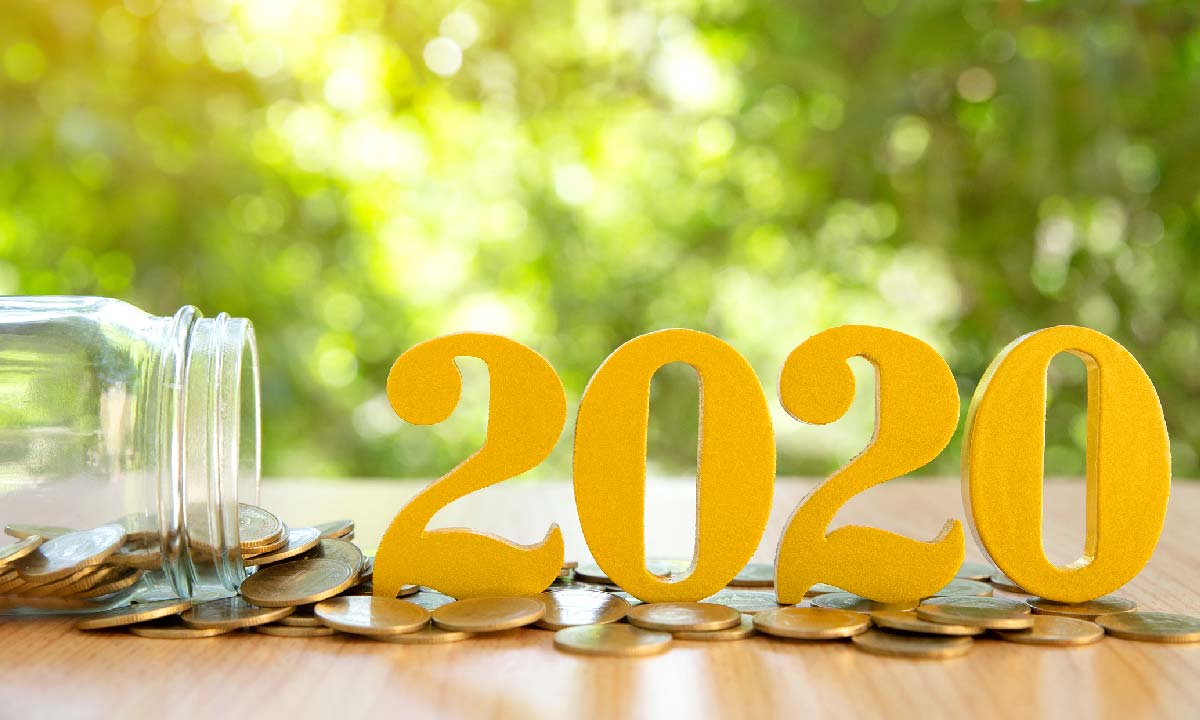If you received the Canada Emergency Response Benefit (CERB) this year, you may be wondering what will happen with your taxes owing next year when you will need to report CERB income and pay any outstanding taxes.
For many Canadians, the CERB has provided help in meeting the expenses of daily life during the COVID-19 pandemic. Unlike most forms of employment income, however, the CERB benefit doesn’t withhold income taxes before it is paid out — meaning recipients could have taxes owing in April 2021.
Calculating the tax impacts of CERB income
As of July 2020, the government announced that CERB can be paid for up to 24 weeks, at the rate of $500 per week, between March 15 and October 3, 2020.
If you received CERB income in 2020, whether you might have an outstanding tax bill in 2021 depends on:
- How much CERB income you received
- How close CERB income is to your regular monthly income
- If you were a salaried employed with taxes withheld and submitted to the government by your employer
- If you’re self-employed and used to withholding and remitting your taxes without an employer
Here are three easy ways to calculate possible taxes payable on your CERB income:
1. When CERB and weekly employment income are the same amount: Jason
Jason works as a salaried employee at a catering company in Ontario. His employer calculates his pay and the estimated taxes owing, along with Employment Insurance (EI) and Canada Pension Plan (CPP) premiums.
In Jason’s case, his CERB income is the same as his employment income — both are $2,000 a month. This means that the tax owing on his CERB income will be similar to the tax he would pay on his employment income.
His application for CERB income starting March 15 was approved. Jason was able to return to work starting on August 1, so in 2020, Jason received 19 weeks of CERB.
- His monthly salary is $2,000
- His CERB for 19 weeks = $9500
- For the time he worked, he should receive $14,500
- When Jason enters his employment and CERB income into a tax calculator, it shows that the total tax he’ll owe for 2020 is estimated at $2,173 in federal and Ontario tax.
To estimate the tax owing on CERB income:
| Divide the total estimated tax bill by 52 weeks: | $2,173 / 52 weeks = $41.72 |
| Multiply the weekly tax payable by the number of weeks of CERB: | $41.72 X 19 weeks = $792.68 |
Any credits (such as eligible medical expenses) or deductions (such as union dues) might also reduce his taxable income, or the tax amount owing.
2. When CERB income is lower than regular employment income: Sarah
For Sarah, the calculations are a little more complex because her CERB income is lower than her normal yearly income. Sarah normally earns $36,000 per year as an administrative assistant at a chiropractic clinic in Alberta. She expects to receive CERB for the maximum of 24 weeks, returning to work in October. In 2020, Sarah thinks she will have $21,000 in regular employment income and $12,000 in CERB income.
- Her estimated tax bill for both forms of income — her salary and CERB — is $3,829.
- As an employee, Sarah has tax estimated and withheld by her employer based on her estimated yearly salary. Her employer, in turn, sends the withheld taxes to the Canada Revenue Agency on Sarah’s behalf. The tax her employer withholds and sends may be higher than she actually needs to pay on her employment income this year — because that amount is calculated on monthly salary for a full year.
- For this reason, the amount Sarah will owe in taxes on her CERB should be partially or fully covered by the funds her employer submitted to the federal government based on her actual salary of $36,000.
Sarah’s plan is to prepare her tax return early in 2021, giving her time before the tax bill — if any — is due at the end of April. She also knows that she may make tax-deductible contributions to a Registered Retirement Savings Plan to reduce her taxable income (and thus her tax bill), and that other credits and deductions may also reduce her tax payable.
3. If you’re self-employed: Anil
Anil is a self-employed graphic designer in Quebec, normally earning roughly $65,000 from his graphic design business. As a self-employed worker, Anil is already used to setting aside funds from his work income to cover his tax amounts owing. However, his business was hit hard when his clients reduced their marketing budgets.
- He applied for and received CERB for 17 weeks.
- In 2020, Anil expects to have $40,000 in self-employment income, and $8,500 in CERB income.
- Because his average income in 2020 is lower than his income in previous years, his tax bill for 2020 will also be lower.
- Anil estimates that he will owe about $8,600 in federal and provincial income tax in 2020.
- As a self-employed worker, Anil has already set aside funds from his self-employment income to cover his tax amounts owing.
- He already has some of this amount saved from his work before the COVID-19 pandemic slowed his work, and he plans to set aside the rest as his work picks up and before the amount is due at the end of April 2021.
How can you prepare for your 2020 taxes?
One step you can take to help prepare for any tax bill you might owe, is to prepare your tax return as soon as the forms become available in 2021. Although the taxes won’t actually be due until the end of April, you’ll have more time to set funds aside. If you’re feeling overwhelmed, a tax professional might be able to provide proactive advice about tax deductions and credits that may offer more efficiencies toward your estimated tax bill.
This article is intended as general information only and is not to be relied upon as constituting legal, financial or other professional advice. A professional advisor should be consulted regarding your specific situation. Information presented is believed to be factual and up-to-date but we do not guarantee its accuracy and it should not be regarded as a complete analysis of the subjects discussed. All expressions of opinion reflect the judgment of the authors as of the date of publication and are subject to change. No endorsement of any third parties or their advice, opinions, information, products or services is expressly given or implied by Royal Bank of Canada or any of its affiliates.



















